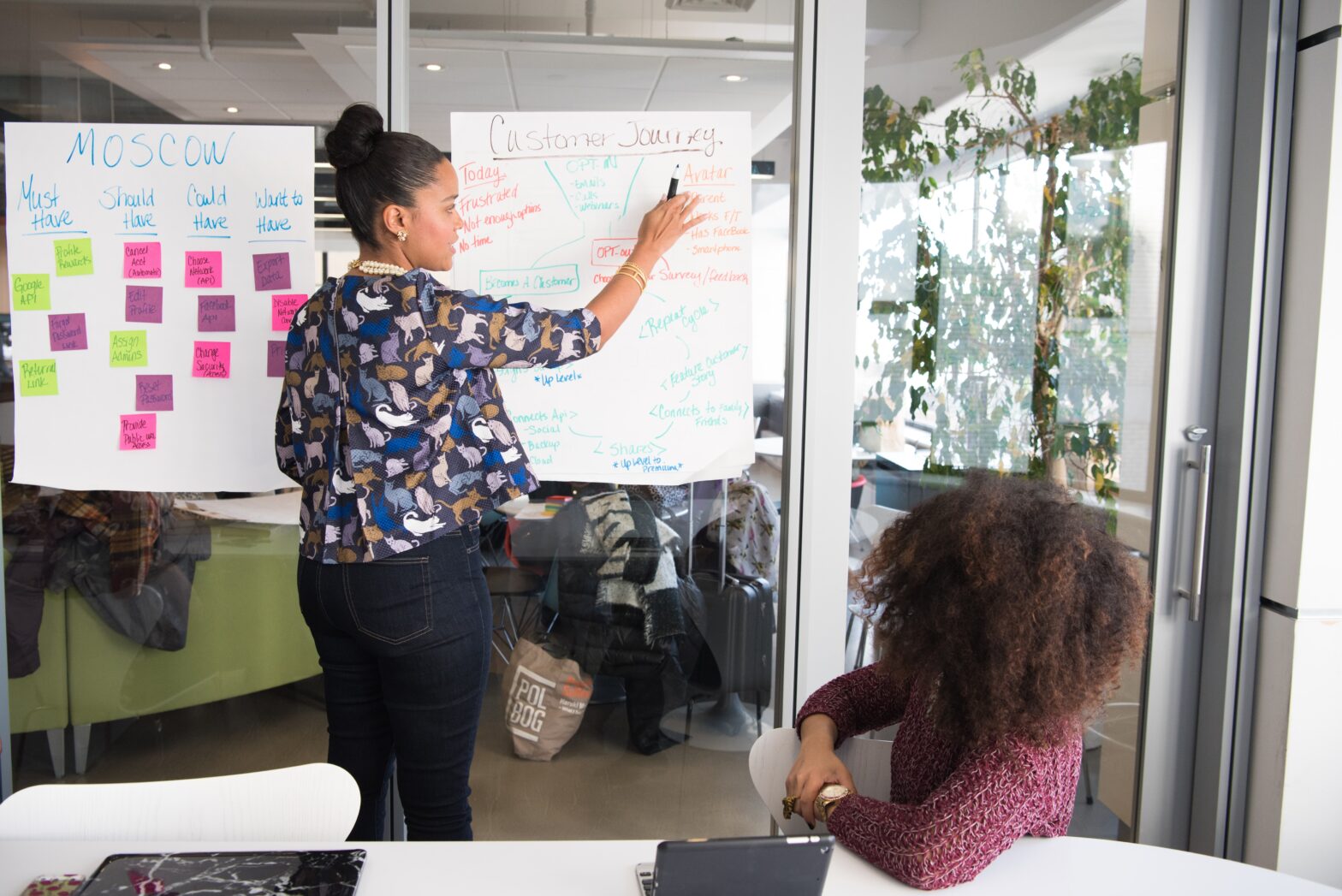March 30, 2023
Developing an Effective Training Strategy
When you take on a training effort, you’ll want to be sure you’re spending your money wisely. It’s therefore best to create an overall training strategy to steer your plans for staff development.
Below are some guidelines to help make your training efforts successful.
ANALYZE YOUR NEEDS AND GOALS
Take the time to carefully analyze your business and employee needs when designing your training plan. This will help you choose the right type of training for your requirements. Above and beyond your business needs are to review what the trends are in your industry. Will you need to train seasonal staff for new health and safety protocols? Or perhaps you may need to invest in upskilling existing employees for future needs.
IDENTIFY SKILL GAPS
You can do this by looking at a written job description (make sure you have one!) and comparing the skills the position requires with your employees’ current abilities. Understanding where there may be gaps will help you identify the type of training you need.
PRIORITIZE
Assign the training you’d like to provide into categories. Is it mandatory, or nice-to-have? If it’s absolutely required, training for your staff becomes imperative. If it reflects an ideal situation that isn’t immediately feasible, you’ll know to plan for it in the longer term.
PLAN AND DELIVER THE TRAINING
Once you have assessed and prioritized the need for training, the next step is to secure what type of training you will use and how you will offer it. There are several factors to consider:
TYPES OF TRAINING AVAILABLE
- Internal resources: Ask yourself what resources you have in-house. Seasoned employees may be perfect to take on coaching or mentoring roles. Inexpensive to provide, these are among the most effective types of training.
- External resources: Formal seminars, conferences, private trainers and videos are all good methods for learning. These tools are generally more expensive but are professionally developed and often yield good results.
DELIVERY OPTIONS
One-on-one vs. group sessions, e-learning vs. in-person instruction, on-site or off-site, or self-directed vs. guided? These questions will be answered by a blend of factors: what’s available, what best suits your needs, what you can afford, and what your employees’ learning styles are.
YOUR BUDGET
It’s important to balance your need to save with the long-term benefit of developing staff. Try to determine the best type of training available for the amount you have available to spend. For more information, we suggest reading go2HR’s article on Budgeting for Training.
SECURE MANAGEMENT AND STAFF BUY IN
Before you can execute a training program, getting a collective agreement from senior management in your company that training is a priority will go a long way. You will need their support the plan fully and agree to milestones, costs, dates and deliverables.
Securing employee buy in is also required. Talk to your staff about the goals for training and why it’s important to the business that they undertake the learning effort. Most often, employees will respond favourably to your investment in their development. Today’s employees look beyond their paycheques; they value and embrace opportunities to learn new skills.
ANALYZE TRAINING EFFORTS AND THEIR IMPACT
Training can be costly, so you will want to assess its impact. However, sometimes its effect cannot be translated simply into bottom line dollars and cents.
Ideally, you might track variables before and after training to verify improvements after development efforts. If the training focused on customer service, the end result may be fewer customer complaints and/or an increase in sales. Training on a new computer system may net fewer errors or quicker processing. You may need to review why you sought training to begin with and whether your concerns have been remedied.
THINK LONG-TERM
Changes may not occur overnight, so it’s important to be patient. Training is a long-term investment, and often the benefits are not immediately obvious. However, your efforts in developing your people will help you in many ways. Staff will be more knowledgeable, they’ll be more likely to stick around, and your commitment to training will help you earn a reputation as an employer of choice.
go2HR is BC’s tourism and hospitality , human resources and health & safety association driving strong workforces and safe workplaces that deliver world class tourism and hospitality experiences in British Columbia. Follow us on LinkedIn or reach out to our team.
Return to top
